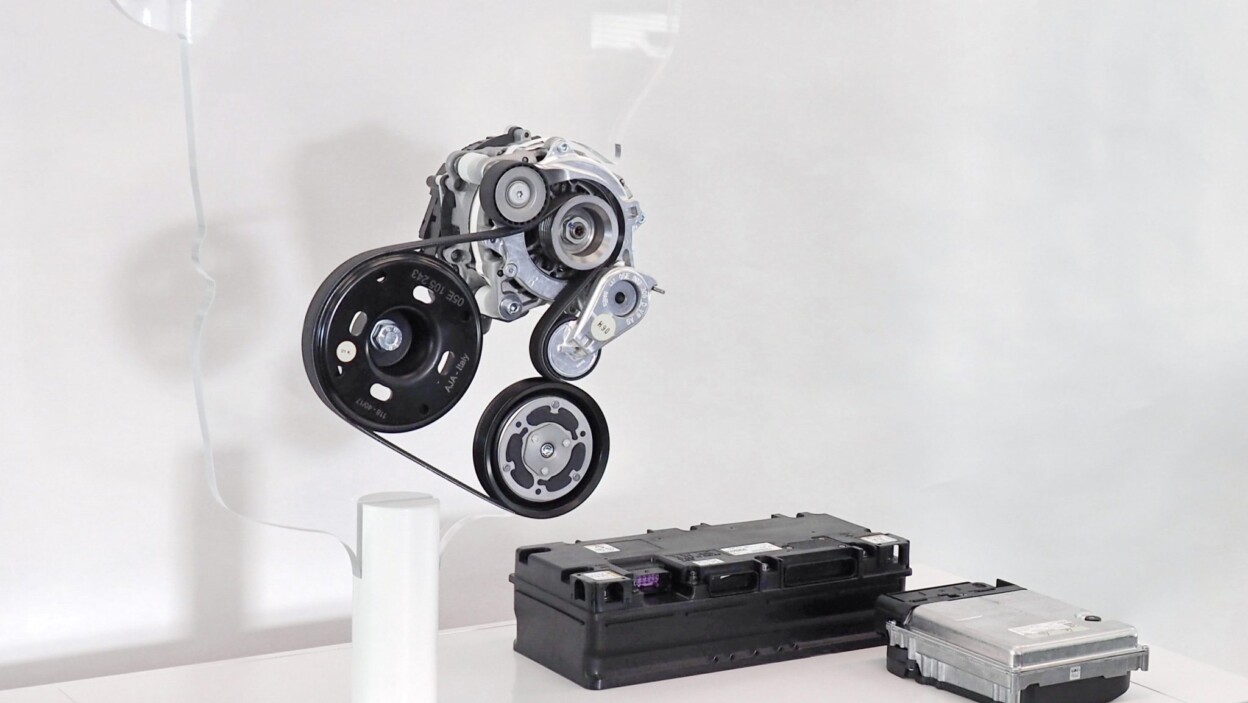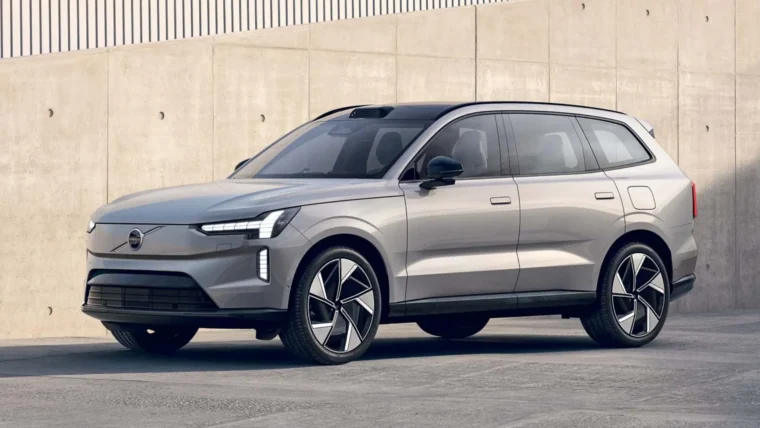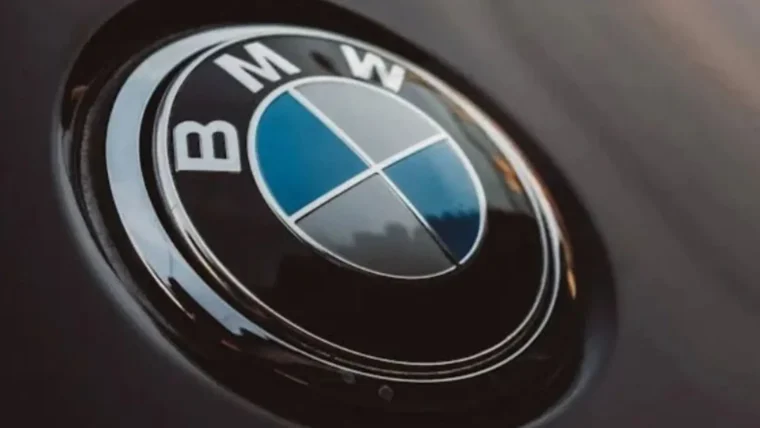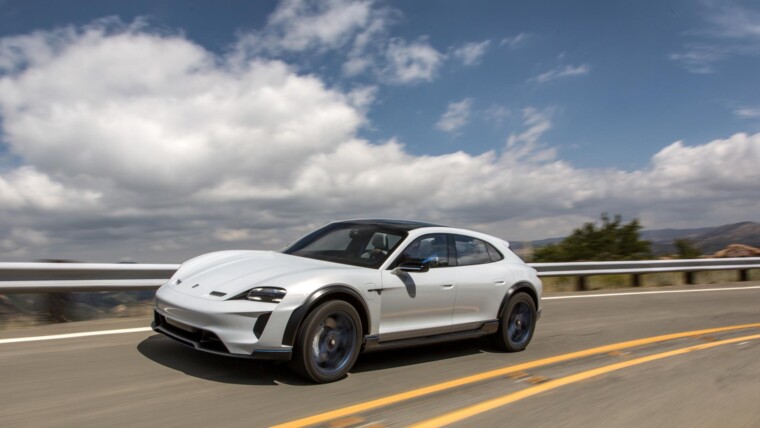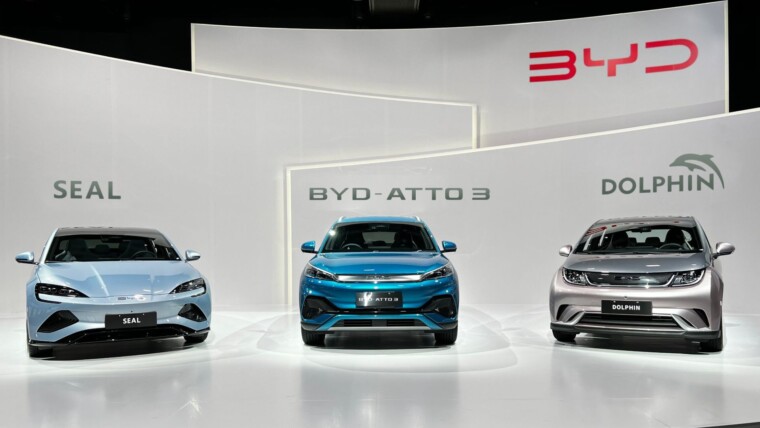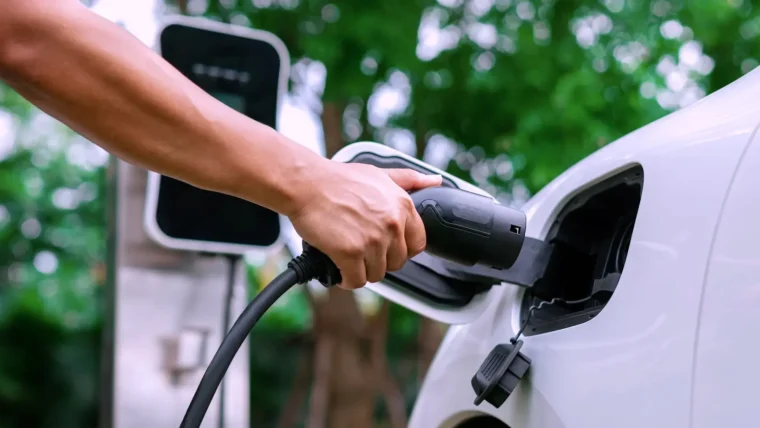Volkswagen is to launch an electric version of its globally best-selling vehicle – the Volkswagen Golf, offering a sustainable, efficient and powerful alternative. The introduction of innovative, new hybrid systems in the eighth generation of Golf vehicles marks a new era for the brand with regard to drive technology. In the future, Volkswagen will gradually electrify almost every vehicle in its range of models. The company is offering a first look at the future of electrified drive systems as part of the International Vienna Motor Symposium – one of the world’s most important congresses on the automotive technology of today and the future.
“Electrifying conventional drives will enable us to further reduce consumption and emissions while also increasing dynamics and convenience”, says Dr Frank Welsch, Member of the Board of Management for Volkswagen Passenger Cars with responsibility for Technical Development. Welsch continues: “We are starting this extensive electrification campaign with Volkswagen’s best-selling vehicle to date – the Golf. Our newly developed, cost-effective 48-V mild hybrid will pave the way for introducing this type of technology to the mainstream”.

Volkswagen will combine the combustion engine with a 48-V belt-integrated starter generator and a 48-V battery. This sustainable combination represents the gateway to the future of Volkswagen hybrid models. The 48-V mild hybrid makes it possible to “coast” with the combustion engine completely switched off, thereby saving up to 0.3 litres of fuel over 100 kilometres. Moreover, this mild-hybrid solution offers much improved dynamics and convenience as a result of providing an electric boost upon start-up.

The science behind 48-V technology
48-V technology represents a new chapter in engine design, enabling drives to be electrified in a cost-efficient manner. The 48-V system will be used in vehicles in addition to the well-known 12-V system. In the case of very small wire cross-sections and a lightweight wiring harness, the 48-V system enables a considerably higher amount of energy to be saved than the 12-V system, e.g. via recuperation when the vehicle brakes. This high level of voltage enables a number of operations, including the actuation of the 48-V belt-integrated starter generator.

The starter-generator is a true all-rounder. On the one hand, the generator performs the role of alternator and starter. At the same time, it functions as a small, lightweight electric motor that immediately increases drive torque upon start-up by means of an electric boost. The power of the generator is transferred via a belt. The generator also starts the combustion engine – which is switched off as much as possible while the vehicle is moving – in a barely perceptible way. Another versatile element is the 48-V lithium-ion battery. The battery is supplied with energy during a number of operations, including recuperation – i.e. when the vehicle slows down. The starter generator receives the necessary voltage via the battery and the 12-V power supply receives the required voltage via the “DC/DC converter”.

Welsch continues: “The basic interaction of different energy sources – electricity, petrol, diesel and natural gas – represents a paradigm shift at Volkswagen. For the first time, the company will simultaneously offer product lines such as the Golf with conventional, electrically assisted drives as well as product lines such as the I.D. with purely electrical drives in the future”. This will result in the product lines diverging into two branches which are nevertheless equal. This new product strategy will come into play for the first time from 2019 onwards with the launch of the next generation of the Golf and the first I.D. – two compact Volkswagen vehicles with completely separate technical concepts as well as clearly different design make-ups. With these two product lines, Volkswagen is seizing the opportunity to democratise the electrification of vehicles.
Other posts by Mark Leo

